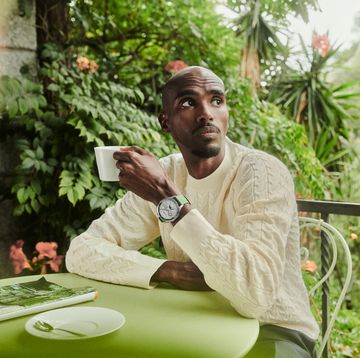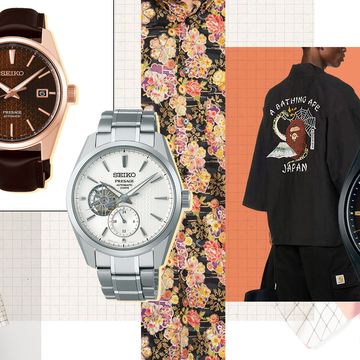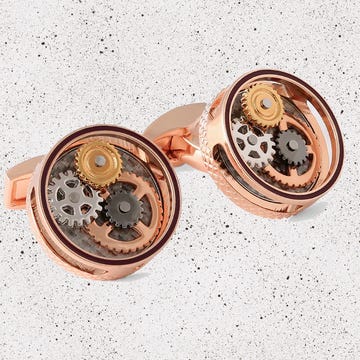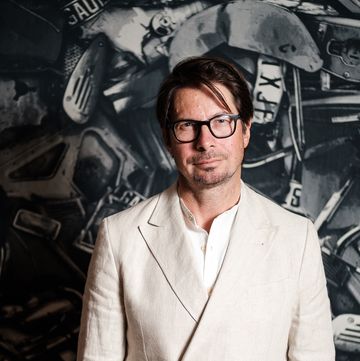Massimo Osti's iconic Goggle Jacket was first released as a gift to drivers as part of CP Company's sponsorship of the 1988 Mille Miglia motor race. The Italian endurance race saw some of the most beautiful road cars doing battle over 1000 miles, which was why Osti designed the goggles in the hood and the window in the left sleeve through which drivers could check their watches.
Over the last two decades the coat has been hailed as design and style classic, and last year Burnley-born designer Aitor Throup, who has been working on the widely admired new England kits with Umbro, was invited by Carlo Rivetti, owner of CP Company, to rework this design classic to mark its 20th anniversary.
Throup's version, which was formulated on a very literal approach to driving ergonomics and functionality, has been shortlisted for The Design of the Year Aaard by The Design Museum.
"The Goggle Jacket is the reason I became a designer," explains Throup. "Where I grew up it was a cultural icon utilised almost as a status symbol. What the Goggle Jacket did for me was that it opened the doors to the world of design, and so I began to become aware and passionate about brands such as CP Company, Stone Island, Boneville, Left Hand, World Wide Web and, of course, Massimo Osti."
As the young British designer goes on to explain, the structure and balance of his Goggle Jacket 2.0 has been constructed around a human form in a driving position, so the arms are forward and slightly bent. Other innovations include a reconstructed hood and a feature that allows the volume of the lower part of the jacket to morph from a standing position to a sitting position while eliminating awkward fabric build-up. We also rather like the detachable driving pouch, which can act asa protective case for gadgets while driving.
The result, as you can see from the photograph and drawings above, is a beautifully realised and highly ergonomic revamp of an original that has been much sought after since first debuting in the 1988 Mille Miglia. "The Goggle Jacket taught and formed me," says Throup, "and through my studies I strived to replicate an approach to design which could equal the precision and integrity of what I considered - and still consider - the pinnacle of design."
Having done such a fine job with such an iconic and much-loved piece, we cannot wait to see what Throup comes up with for the next new England football kit.









